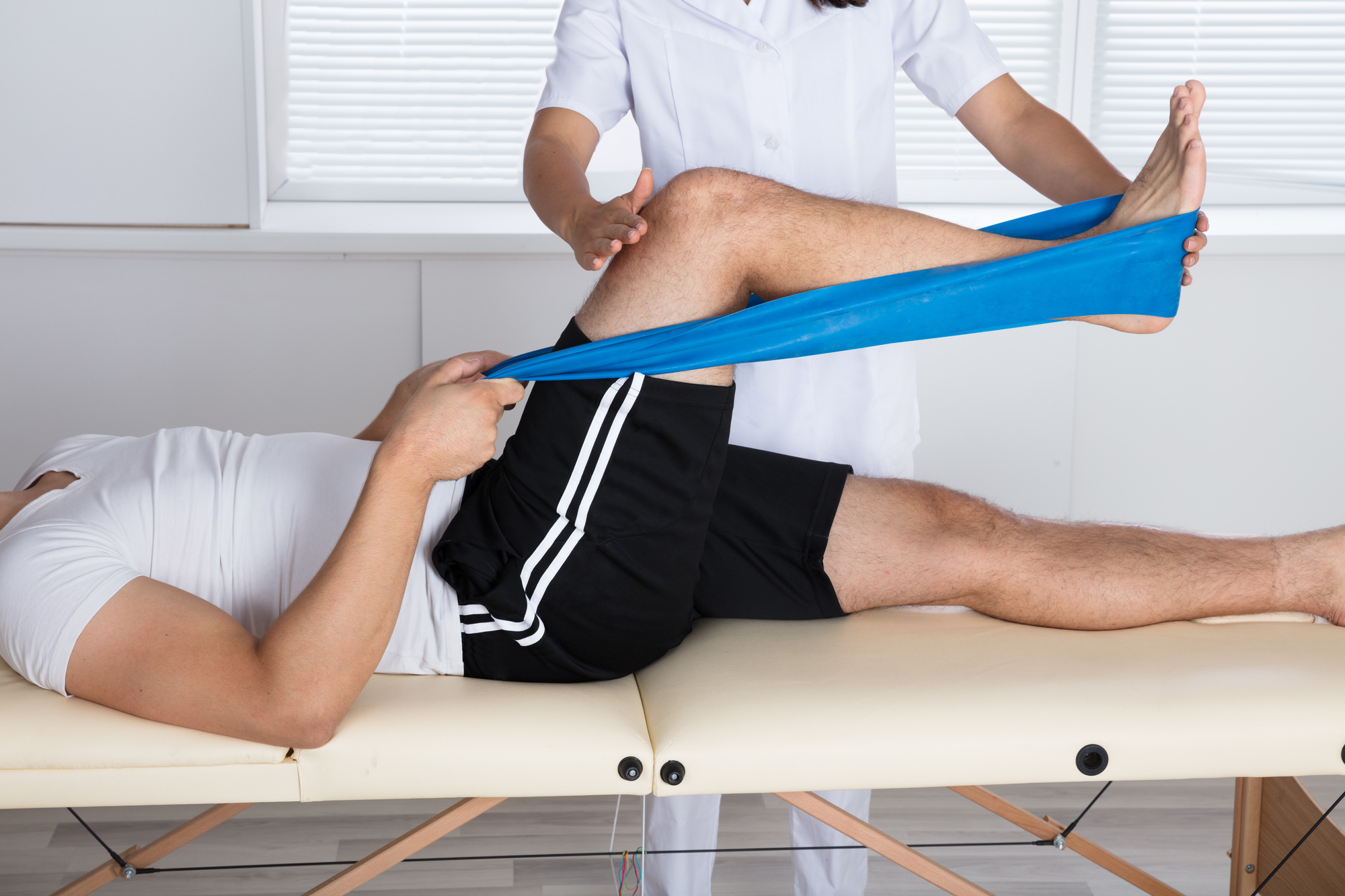Enhancing Efficiency and Reducing Harm Risk via Comprehensive Assessment of Equilibrium and Stability through Functional Movement Assessment.
Enhancing Efficiency and Reducing Harm Risk via Comprehensive Assessment of Equilibrium and Stability through Functional Movement Assessment.
Blog Article
Equilibrium and steadiness are crucial components of physical fitness and general well-being. They play a vital role in everyday tasks, athletic capability, and harm prevention. When an individual has good equilibrium and steadiness, they are not as likely to fall or sustain injuries during physical activities. One effective way to evaluate these qualities is through Practical Motion Assessment (FMS). FMS is a tool used to analyze movement styles and identify discrepancies or deficiencies that could result to harm.
Functional Movement Screening involves a series of specific tests that examine how effectively a person moves. The tests focus on fundamental movements such as squat, lunging, and bending. By observing these movements, coaches and medical experts can determine areas where an person may struggle. For instance, if someone has trouble maintaining balance while performing a squat, it may suggest a need for specific workouts to enhance power and control. This assessment not only identifies weaknesses but also helps to track progress over a period.
In addition to this to recognizing areas for enhancement, FMS serves a crucial part in avoiding harm. Many injuries occur as a consequence of inadequate motion mechanics, which can be identified through functional evaluations. By tackling these problems early on, individuals can reduce site their risk of injury during athletic or other bodily exercises. For example, a runner who demonstrates an discrepancy in their stride may be increasingly susceptible to leg injuries. By correcting these imbalances through targeted exercise programs, the chance of injury can be significantly decreased.
Additionally, improving capability is another benefit of conducting a comprehensive evaluation of equilibrium and stability. Athletes and active persons often aim to improve their performance in particular activities Click Here or exercises. A thorough understanding of their movement styles allows trainers to develop personalized training programs that focus on specific weaknesses. By enhancing equilibrium and steadiness, athletes can improve their overall performance, whether it’s jogging faster, jumping higher, or executing precise actions in their activity.
In conclusion, the importance of evaluating equilibrium and stability through Functional Motion Assessment cannot be overstated. This comprehensive evaluation serves as a basis for improving physical wellness, avoiding injuries, and enhancing sporting performance. By recognizing areas of weakness and implementing specific exercise strategies, individuals can achieve better outcomes in their bodily activities. Emphasizing equilibrium and steadiness not only leads to better capability but also adds to a more wholesome, more active way of life.